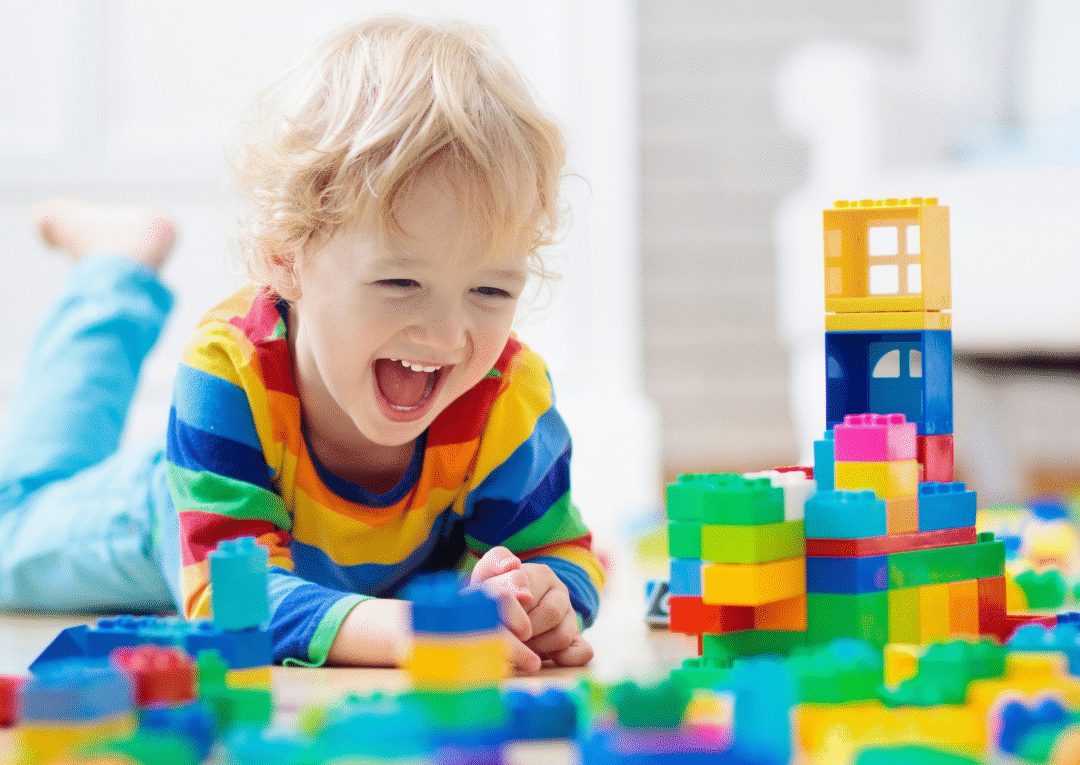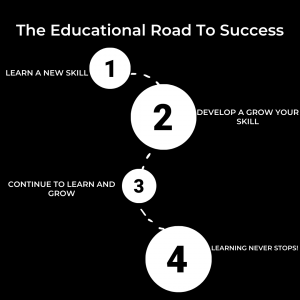How to Choose the Right Toys for Your Child’s Age: A Guide to Age-Appropriate Playtime
Choosing the right toys for a child can significantly impact their development and enjoyment. Parents often wonder what toys are suitable for their child’s age, as the right choices can stimulate learning and creativity. Selecting age-appropriate toys enhances safety, supports skill development, and encourages imaginative play.
Different age groups have distinct developmental milestones that influence what toys are appropriate. For instance, infants benefit from toys that engage their senses, while toddlers thrive with interactive and building toys. As children grow, their interests change, making it essential to select toys that align with their evolving skills and curiosity.
Understanding the age recommendations provided by manufacturers is crucial. These guidelines help caregivers identify toys that match their child’s capabilities and interests, ensuring a balanced mix of fun and education. Well-chosen toys can foster a child’s cognitive, social, and emotional growth.
Understanding Child Development and Toy Selection
Selecting toys aligned with a child’s developmental stage is crucial for fostering growth. Understanding how play impacts development ensures that caregivers choose toys that enhance skills while ensuring safety.
The Role of Play in Development
Play is a fundamental aspect of childhood that promotes learning and development. Through play, children engage in activities that help strengthen both fine and gross motor skills.
Fine motor skills, such as grasping and manipulating small objects, are enhanced through toys like building blocks or puzzles. Gross motor skills, on the other hand, develop through active play with toys like balls, riding toys, and climbing structures.
Additionally, imaginative play nurtures creativity and problem-solving abilities. As children interact with diverse toys, they learn social skills, teamwork, and communication, laying a foundation for future learning.
Age-Appropriate Toys and Safety Considerations
Choosing age-appropriate toys prevents choking hazards and promotes a safe play environment. Appropriate toys are designed with specific skills and developmental milestones in mind.
For infants, soft toys or rattles encourage sensory exploration without the risk of choking. As children grow, toys with small parts may become suitable, like construction sets, but should always be monitored. Retailers like Totally Toys tend to offer a wide selection of age-appropriate and safe toys, making it easier for parents to find items that match developmental stages while prioritizing safety.
Parents should review age recommendations on toy packaging. Ensuring toys are free from harmful materials is essential. Reading reviews and researching brands can guide informed choices that prioritize safety while supporting developmental needs.
Toys for Infants and Toddlers
Selecting toys for infants and toddlers is crucial for their development. The right toys can enhance sensory exploration and encourage movement, offering age-appropriate challenges that stimulate growth.
Toys for Sensory Exploration
For infants and toddlers, sensory toys play a vital role in developing their cognitive and motor skills. Stuffed animals can provide comfort and a sense of security while being soft and safe for cuddling. Toys that produce sounds, such as rattles, engage auditory senses, sparking curiosity.
Sensory toys often feature different textures, colors, and shapes, promoting tactile exploration. Items like textured balls or fabric books offer opportunities for touch and visual stimulation. Additionally, toys with mirrors can help infants engage with their own reflections, aiding in self-recognition.
Selecting toys that allow her or him to explore and interact helps build a strong foundation for cognitive skills. Always ensure that these toys are free from small parts and safe for little ones to use.
Encouraging Movement and Dexterity
Toys that promote movement and dexterity are essential for young children. Push-pull toys are ideal for toddlers learning to walk. These toys encourage balance and coordination as they toddle along, fostering confidence in their movement skills.
In addition, toys that require manipulation, such as stacking blocks or shape sorters, enhance fine motor skills. These activities engage hand-eye coordination and problem-solving abilities.
Choosing toys designed for movement can also improve gross motor skills. Look for options that promote crawling, standing, and walking. Engaging toddlers with dynamic toys supports their physical development while providing fun and interactive play experiences.
Toys for Preschool and Elementary Ages
Selecting appropriate toys for preschool and elementary-aged children is essential in nurturing their development. The right toys can enhance their creativity and problem-solving abilities while also promoting social interaction with peers.
Fostering Creativity and Problem-Solving
At this age, children thrive with toys that stimulate their imagination. Arts and crafts supplies such as crayons, colored paper, and modeling clay encourage creative expression. By engaging in these activities, children learn to manipulate materials, leading to better fine motor skills.
Puzzles are also effective in challenging a child’s problem-solving skills. They require logical thinking and perseverance. As a child fits pieces together, they gain a sense of achievement. This boosts their confidence and promotes cognitive development.
Additionally, construction toys, like building blocks or kits, inspire creativity. These toys promote exploration as children invent new structures and designs, reinforcing spatial awareness and critical thinking.
Toys That Promote Social Skills
Pretend play toys are crucial in developing social abilities. Items like dollhouses, action figures, and pretend kitchen sets encourage storytelling and role-playing scenarios. This forms the basis for cooperation and understanding social roles among peers.
Board games and group activities foster a sense of teamwork. Games that involve taking turns or collective problem-solving help children understand the importance of communication. They learn essential skills such as negotiation and empathy.
Sports equipment also plays a vital role. Engaging in team sports teaches children about cooperation and building relationships with teammates. Playing together develops their ability to interact positively with others, preparing them for future social environments.
Selecting Toys for Older Children
When choosing toys for older children, it’s important to focus on activities that promote skill development and encourage physical play. This age group benefits from challenges that engage their minds and bodies.
Complex Games and Skill Development
Complex games are excellent choices for older children, as they promote critical thinking and social skills. Card games and classic board games, such as chess or Settlers of Catan, provide opportunities for strategy and collaboration.
These games also help children learn how to follow rules and handle competition gracefully. Look for games with more intricate rules or those that require teamwork.
Consider toys that include loose parts, allowing for creative play. Items like building sets can challenge problem-solving skills while engaging their imagination. Ensure that selected games are age-appropriate to avoid frustration or boredom.
Outdoor Play and Physical Activity
Encouraging outdoor play is vital for a child’s physical health and social skills. Toys that promote physical activity, such as a tricycle, can improve balance and coordination.
Active games like tag or relay races encourage teamwork and fitness while also being enjoyable. Outdoor equipment like swings, climbing structures, or sports gear fosters a love for movement.
Safety is crucial; always ensure that toys have no sharp edges and that play areas are free from hazards. Prioritize toys that facilitate social interaction, encouraging older children to engage with their peers.


